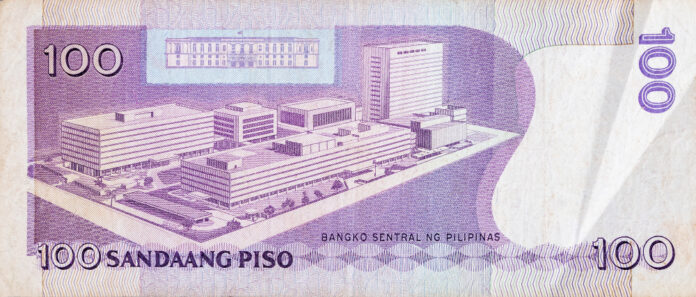The country honoring an international covenant on reporting its foreign debt bared owing $7.5 billion more in the first quarter this year to $118.8 billion.
This development, the Bangko Sentral ng Pilipinas (BSP) said, pushed the country’s external debt to GDP ratio still higher to 29 percent from 27.5 percent a quarter earlier.
Updated global practice mandate member countries of the International Monetary Fund (IMF) like the Philippines to include even peso-denominated debt purchased by non-resident entities in computing foreign debt.
Debt contracted by public sector entities in support of national government financing needs, the funding of pandemic recovery programs and for infrastructure also contributed to the expansion of foreign obligations.
The rise in the external debt stock was also traced to net availment of $2.7 billion, largely by the national government as it raised $3 billion with the sale of a multi-tranche Global Bond for general financing; adjustments of $767 million; and the appreciation of other currencies against the US Dollar which increased the US Dollar equivalent of borrowings denominated in other currencies resulting in an overall positive foreign exchange revaluation of $432 million, the BSP said.
“Year-on-year, the country’s debt stock rose by $9.1 billion. The increase was driven by: (a) net availments of $7.6 billion, of which $7.4 billion pertain to NG borrowings; (b) inclusion of non-residents holdings of peso-denominated debt securities ($3.8 billion); and (c) prior periods’ adjustments of $646 million. Meanwhile, the transfer of Philippine debt papers from non-residents to residents of $1.7 billion and negative FX revaluation of $1.3 billion partially tempered the increase in the debt stock for said period,” the BSP said.
Most or 85.4 percent of the country’s foreign obligations are medium- to long-term debt that allow the economic managers ample time and resources to service them without straining the country’s foreign currency reserves.
Of the MLT accounts, 57.7 percent have fixed interest rates, 40.9 percent carry variable rates, and 1.5 percent balance are non-interest bearing.
“Public sector external debt rose to $75.2 billion (or by $7.8 billion) in the first quarter of 2023, from the previous quarter’s $67.4 billion level. This increase raised its share to total vis-à-vis private sector external debt from 60.1 percent to 63.3 percent. About $68.1 billion (90.5 percent) of public sector obligations were NG borrowings, while the remaining $7.1 billion pertained to loans of government-owned and controlled corporations, government financial institutions and the BSP.
“During the quarter, private sector debt slightly declined from $43.9 billion as of end-2022 to $43.6 billion as of end-March 2023, with share to total likewise decreasing from 39.4 percent to 36.7 percent. This was due mainly to net repayments of $1.3 billion, which offset: (a) prior periods’ adjustments of $707 million; (b) the net acquisition of Philippine debt securities by non-residents from residents of $251 million; and (c) positive FX revaluation of $59 million.
The country’s sources of foreign debt include Japan ($14.3 billion), the4 United States ($3.6 billion and the United Kingdom ($3.2 billion).







